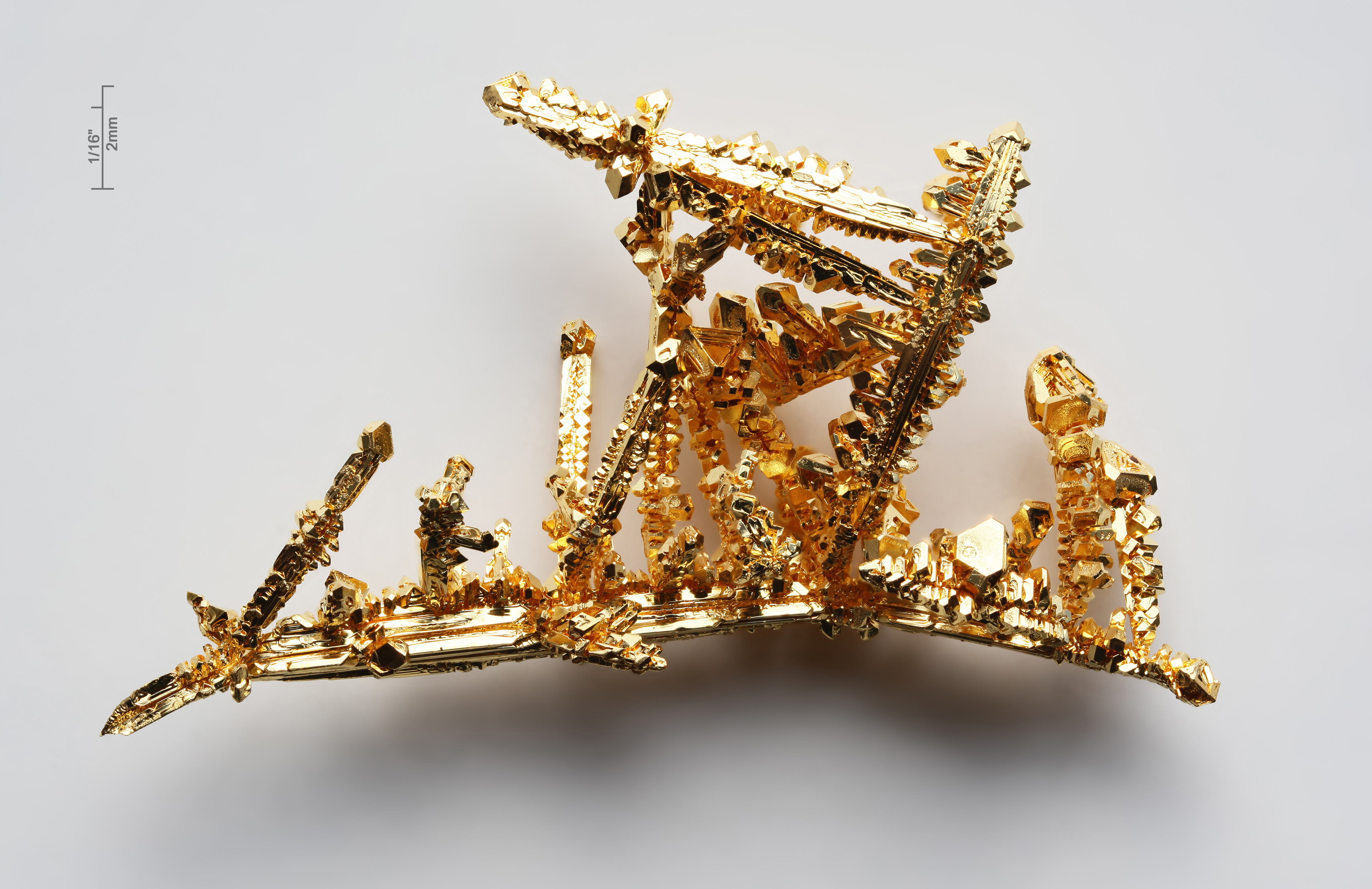|
Rhodium Sesquisulfide
Rhodium(III) sulfide is the inorganic compound In chemistry, an inorganic compound is typically a chemical compound that lacks carbon–hydrogen bonds, that is, a compound that is not an organic compound. The study of inorganic compounds is a subfield of chemistry known as '' inorganic chemist ... with the formula Rh2S3. It is an insoluble black solid, prepared by the heating a mixture of elemental rhodium and sulfur. Crystals can be grown by chemical vapor transport using bromine as the transporting agent. The structure consists of octahedral and tetrahedral Rh and S centers, respectively. No close Rh-Rh contacts are observed. Rh2Se3 and Ir2S3 adopt the same structure as Rh2S3. References {{Sulfides Sesquisulfides Rhodium(III) compounds ... [...More Info...] [...Related Items...] OR: [Wikipedia] [Google] [Baidu] |
Inorganic Compound
In chemistry, an inorganic compound is typically a chemical compound that lacks carbon–hydrogen bonds, that is, a compound that is not an organic compound. The study of inorganic compounds is a subfield of chemistry known as '' inorganic chemistry''. Inorganic compounds comprise most of the Earth's crust, although the compositions of the deep mantle remain active areas of investigation. Some simple carbon compounds are often considered inorganic. Examples include the allotropes of carbon (graphite, diamond, buckminsterfullerene, etc.), carbon monoxide, carbon dioxide, carbides, and the following salts of inorganic anions: carbonates, cyanides, cyanates, and thiocyanates. Many of these are normal parts of mostly organic systems, including organisms; describing a chemical as inorganic does not necessarily mean that it does not occur within living things. History Friedrich Wöhler's conversion of ammonium cyanate into urea in 1828 is often cited as the starting point of modern ... [...More Info...] [...Related Items...] OR: [Wikipedia] [Google] [Baidu] |
Chemical Vapor Transport
In chemistry, a chemical transport reaction describes a process for purification and crystallization of non- volatile solids. The process is also responsible for certain aspects of mineral growth from the effluent of volcanoes. The technique is distinct from chemical vapor deposition, which usually entails decomposition of molecular precursors and which gives conformal coatings. The technique, which was popularized by Harald Schäfer, entails the reversible conversion of nonvolatile elements and chemical compounds into volatile derivatives. The volatile derivative migrates throughout a sealed reactor, typically a sealed and evacuated glass tube heated in a tube furnace. Because the tube is under a temperature gradient, the volatile derivative reverts to the parent solid and the transport agent is released at the end opposite to which it originated (see next section). The transport agent is thus catalytic. The technique requires that the two ends of the tube (which contains ... [...More Info...] [...Related Items...] OR: [Wikipedia] [Google] [Baidu] |
Bromine
Bromine is a chemical element with the symbol Br and atomic number 35. It is the third-lightest element in group 17 of the periodic table (halogens) and is a volatile red-brown liquid at room temperature that evaporates readily to form a similarly coloured vapour. Its properties are intermediate between those of chlorine and iodine. Isolated independently by two chemists, Carl Jacob Löwig (in 1825) and Antoine Jérôme Balard (in 1826), its name was derived from the Ancient Greek (bromos) meaning "stench", referring to its sharp and pungent smell. Elemental bromine is very reactive and thus does not occur as a native element in nature but it occurs in colourless soluble crystalline mineral halide salts, analogous to table salt. In fact, bromine and all the halogens are so reactive that they form bonds in pairs—never in single atoms. While it is rather rare in the Earth's crust, the high solubility of the bromide ion (Br) has caused its accumulation in the oceans. Commercial ... [...More Info...] [...Related Items...] OR: [Wikipedia] [Google] [Baidu] |
Acta Crystallographica
''Acta Crystallographica'' is a series of peer-reviewed scientific journals, with articles centred on crystallography, published by the International Union of Crystallography (IUCr). Originally established in 1948 as a single journal called ''Acta Crystallographica'', there are now six independent ''Acta Crystallographica'' titles: *'' Acta Crystallographica Section A: Foundations and Advances'' *'' Acta Crystallographica Section B: Structural Science, Crystal Engineering and Materials'' *'' Acta Crystallographica Section C: Structural Chemistry'' *'' Acta Crystallographica Section D: Structural Biology'' *'' Acta Crystallographica Section E: Crystallographic Communications'' *'' Acta Crystallographica Section F: Structural Biology Communications'' ''Acta Crystallographica'' has been noted for the high quality of the papers that it produces, as well as the large impact that its papers have had on the field of crystallography. The current six journals form part of the journal portf ... [...More Info...] [...Related Items...] OR: [Wikipedia] [Google] [Baidu] |
Iridium(III) Sulfide
Iridium(III) sulfide is the inorganic compound with the formula Ir2S3. It is an insoluble black solid, prepared by heating a mixture of elemental iridium and sulfur. Crystals can be grown by chemical vapor transport In chemistry, a chemical transport reaction describes a process for purification and crystallization of non- volatile solids. The process is also responsible for certain aspects of mineral growth from the effluent of volcanoes. The technique is ... using bromine as the transporting agent. The structure consists of octahedral and tetrahedral Ir and S centers, respectively. No close Ir-Ir contacts are observed. Rh2S3 and Rh2Se3 adopt the same structure. References {{Sulfides Sesquisulfides Iridium compounds ... [...More Info...] [...Related Items...] OR: [Wikipedia] [Google] [Baidu] |

